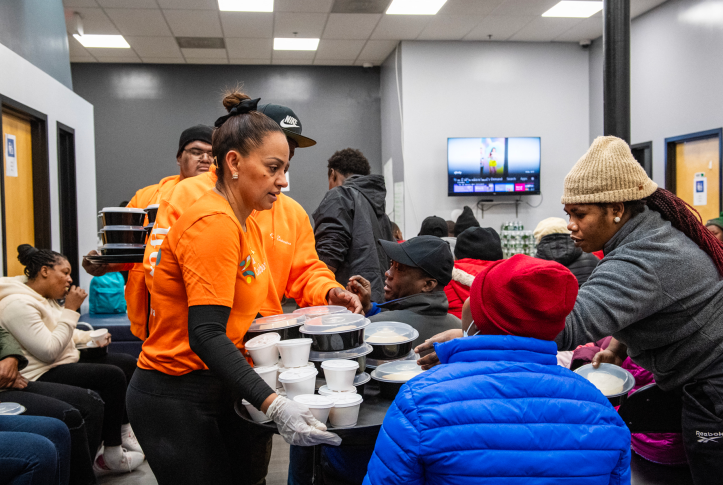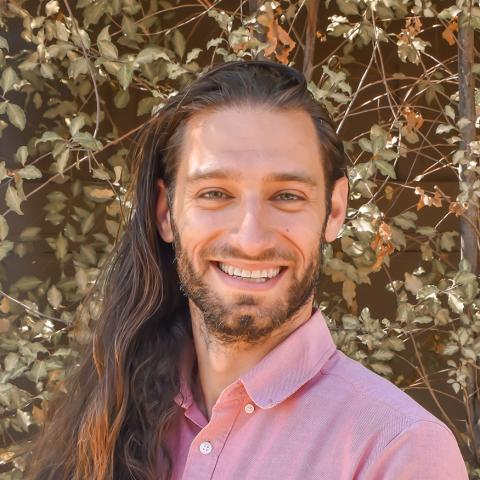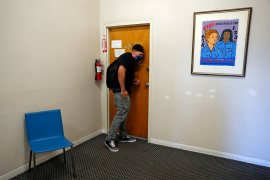Public health in the United States began with social movements coming together to create changes in critical areas like water quality, sanitation, and zoning that drastically improved living conditions and extended life expectancy. A 2021 article describes a shift away from these roots: “Public health began to self-identify as a field of objective, outside observers of society instead of agents of social change . . . . Assuming that its science could speak for itself, the field pulled away from allies such as labor unions, housing reformers, and social-welfare organizations . . . . That left public health in a precarious position — still in medicine’s shadow, but without the political base ‘that had been the source of its power.’”
These consequences are felt today. The field of public health is chronically underfunded and understaffed. These structural weaknesses were exposed during the pandemic. There are widespread attacks on public health laws and leaders, along with workforce burnout and turnover of leadership.
In its current state, public health has limited political power and capacity to address the social, economic, and environmental drivers of health and health inequities. Given this, bridging between governmental, public health, and community power-building organizations is necessary to return public health to its roots in social change.
The term “bridging” draws attention to the divide between the public health and social justice sectors. A long history of racist and oppressive policies and practices and broken promises, carried out by government, have damaged community health and well-being, and led to mistrust of government. Closing this divide requires steadfast tending, as well as commitment and capacity. The labor needed to bridge the gap — and repair these prior harms — should be honored and the act of bridging should be seen as an outcome in and of itself.
What Is a Community Power-Building Organization?
Social justice movements that can bridge with public health are typically made up of and led by community power-building organizations (CPBOs). We define CPBOs as organizations that may be identified by geography, lived experience (e.g., young people, tenants, formerly incarcerated people) or issue (e.g., workers’ rights, environmental justice) and that conduct activities to advance policy and systems change, shift public discourse, and influence decision-making. CPBOs are often involved in “base-building,” in which community members come together to invest in each other’s leadership and to create solutions and strategies to achieve them. CBPOs are also described as grassroots organizing groups, social movement groups, and community-based organizations.
Power-Building Partnerships for Health
At Human Impact Partners, we developed the Power-Building Partnerships for Health program to pair local health departments with CPBOs in transformative relationships to help build community power, improve government transparency and accountability, and collaboratively advance community policy priorities and change.
A few examples include:
- In Chelsea, Massachusetts, La Colaborativa and the City of Chelsea worked with Latino immigrant families to address the health impact of poor housing conditions. La Colaborativa’s organizers and the City used the Massachusetts Defense for Eviction digital toolkit to address housing code violations, support tenants in advocating for their rights, prevent evictions, and hold landlords accountable.
- CleanAirNow and the Wyandotte County Unified Government Health Department partnered to address environmental health hazards in the Argentine and Armourdale neighborhoods of Kansas City, Kansas. They collaborated on community engagement, environmental health education, community science research, and permitting processes.
- Step Up Louisiana and the New Orleans Health Department created the New Orleans Workers’ Bill of Rights and a Healthy Workplace Certification/Incentive Program. Their shared goal was improving economic security and addressing one of the major root causes of public health problems identified in New Orleans’ Community Health Improvement Plan — economic inequity. The initiative promotes a living wage, paid sick leave, affordable health insurance, paid parental leave, and employee lactation support.
Health Department Actions to Support Community Power-Building Organizations
Other ways governmental public health can support social movement organizations include:
- Giving CPBOs access to data to support their campaigns. Health departments can provide powerful data on the issues that galvanize social movements. For example, the Alameda County Public Health Department in California produced two major research projects with housing and racial justice organization Causa Justa :: Just Cause to help drive housing policy change. The research combined quantitative data collected by the health department with extensive focus group and interview data from people living in the neighborhoods most affected by foreclosure and displacement. The department went on to provide research and health analysis in legislative testimony to enact stronger tenant protections.
- Leveraging relationships across government and accountability structures. Health in All Policies task forces and community advisory groups have capacity to integrate community priorities, and health departments can make important connections for grassroots organizers across government. The Cuyahoga County Board of Health in Ohio convened a cross-sector consortium to create a community health improvement plan. Grassroots organizers and faith-based leaders worked with staff from the health department and other government agencies (e.g., city planning, mayor’s office) to put the plan into action. Ultimately, the plan identified health equity as a guiding principle, and tackling structural racism — via policy and systems change — as a strategic priority.
- Leveraging relationships across the wider nonprofit and funder ecosystem. Partnerships can help channel resources to CPBOs directly and indirectly. In Colorado, the Office of Health Equity administers a Health Disparities Grant Program and developed a strategic framework for 2020–21 focused on policy change related to housing and land use. All four grantees included elements of community organizing. One grant was awarded to the rural Eagle County Public Health Department to work on housing policy with low-income Latino residents of mobile home parks. Eagle County subcontracted part of its grant to 9to5 Colorado, a CPBO that is training health department staff and other stakeholders on community organizing and housing policy.
Ultimately, bridging aims to create a new paradigm for what public health should be — one that goes back to more ambitious and radical roots. Bridging is about building trust, advancing transparent government, and promoting community-driven policy changes.





